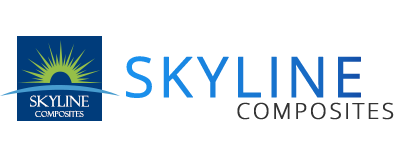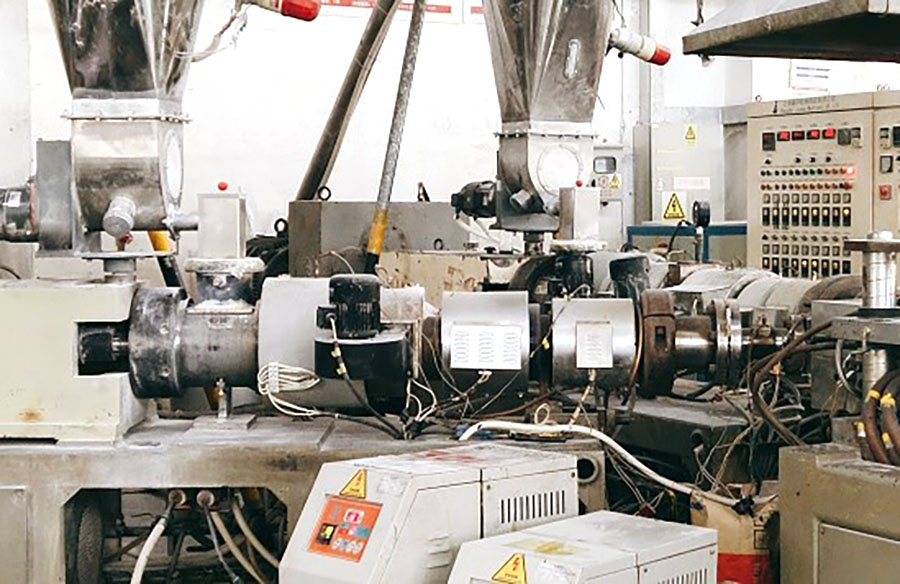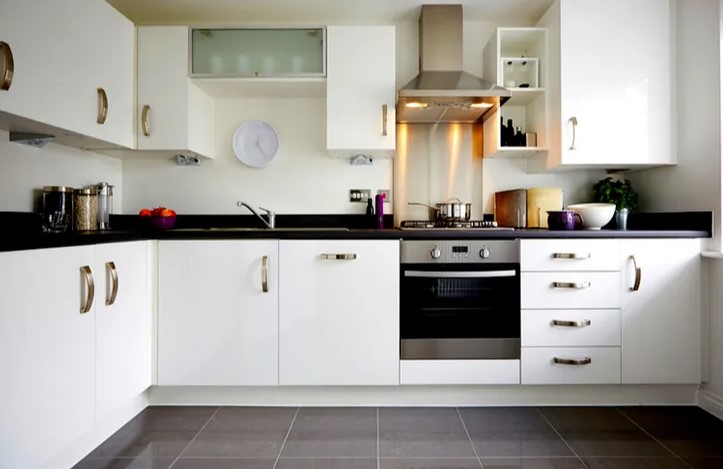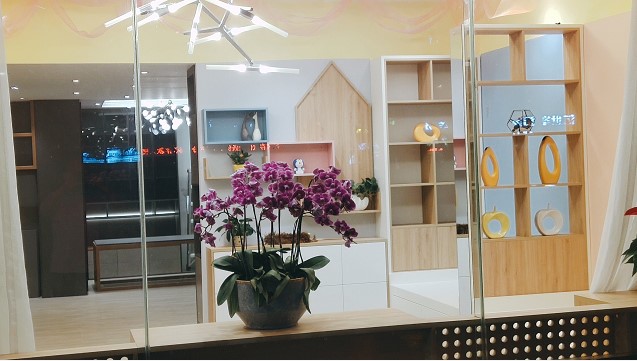PVC furniture board has the characteristics of anti-corrosion, moisture-proof, mildew-proof, low water absorption, drilling, sawing, routing, easy to thermoforming & hot bending, and so on. It is widely used in furniture, cabinet, bath cabinet, exhibition frame board, box substrates, indoor and outdoor decorations, building materials, chemical industry, and other fields.
PVC furniture board refers to the skin foaming board with PVC as the primary raw material, which can be made into PVC products according to the design and processing of wood furniture. The surface can be printed, embossed, laminated, with features of flame-resistant, moisture-proof, acid and alkali resistance, and long application life.
Product performance and advantages:
- waterproof, flame retardant, acid and alkali resistant, mothproof, lightweight, heat preservation, sound insulation, shock absorption
- It has the same processing as wood, and its processing performance is far better than wood
- It is an ideal substitute for wood, aluminum, and composite board
Application areas:
- cabinet board, cabinet decoration, kitchen decoration.
- Bath cabinet board, bath cabinet decoration, bathroom decoration.
- Furniture board, bedroom furniture, living room furniture, bed board, bookcase board, wardrobe board.
The prospect of PVC furniture board
At present, the PVC industry is developing rapidly all over the world with broad prospects. All countries are optimistic about the potential of PVC and its benefits to the ecological environment. PVC is proving to the world that its role and status can not be replaced by any other products with its superior and unique properties. Social development needs it and environmental protection needs it. It is the inevitable trend of the progress of human civilization.
At a time when the PVC industry is booming all over the world, however, it is a pity that the market share of PVC furniture materials (including cabinets) in our country is less than 10%. Many consumers have not even heard of PVC as a furniture material, let alone know what PVC is. When German people have treated PVC as a high-grade, non-toxic, and pollution-free environmental protection material, why our Chinese domestic market share is still so small? Of course, there is the problem of consumption level, but it is mainly related to our consumers’ lack of correct understanding of PVC. It hindered the large-scale PVC furniture production. I believe that through the joint efforts of our companions and the maturity of the market, the PVC industry will surely reach a new level in the field of furniture.
PVC foam board: with the characteristics of anti-corrosion, moisture-proof, mildew proof, low water absorption, drilling, sawing, routing, easy to thermoforming, hot bending processing, etc., it is widely used in furniture, cabinet, bath cabinet, exhibition frame board, box core layer, indoor and outdoor decoration, building materials, chemical industry and other fields, advertising, printing, silk screen printing, spray painting, computer lettering, Electronic instrument products packaging and other industries
PVC rigid plastic board: it has excellent corrosion resistance, insulation and specific mechanical strength; After secondary processing, it can be made into the sulfuric acid (hydrochloric acid) tank (tank); Medical empty needle frame, chemical process frame; Water tank in public toilets; Processing products template, decorative plate, exhaust pipe, equipment lining, and other special-shaped products, containers. It is an ideal choice for chemical, building materials, decoration, and other industries.
Skyline Composites provides two excellent product models to meet modern furniture production: Celuka PVC Foam Board- High Density and WPC (wood plastic composite ) foam board.
Call us and ask for more PVC and WPC furniture board details.



